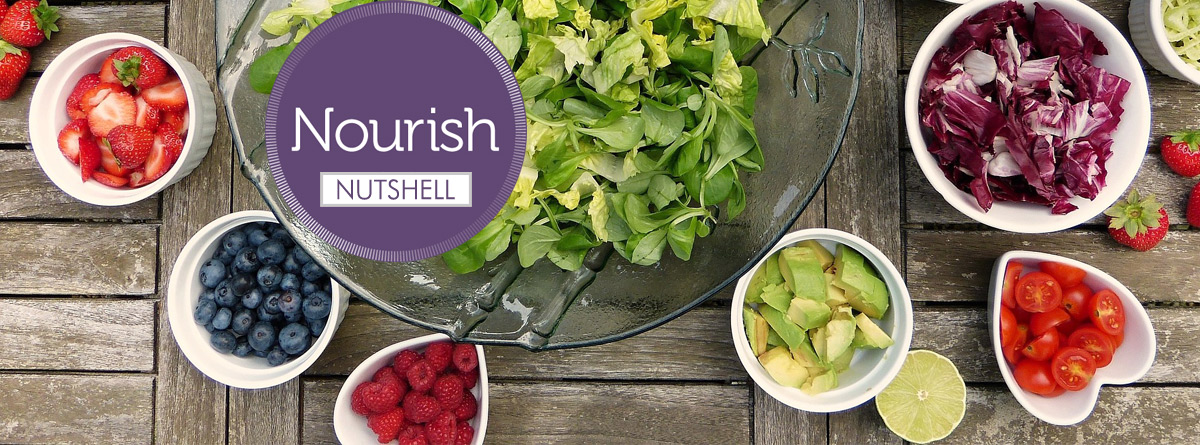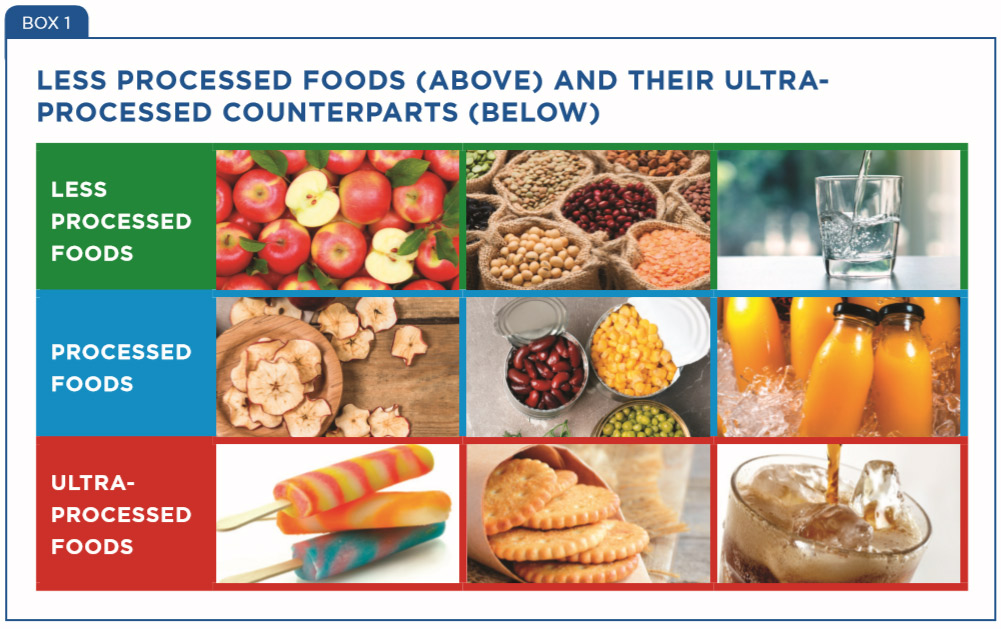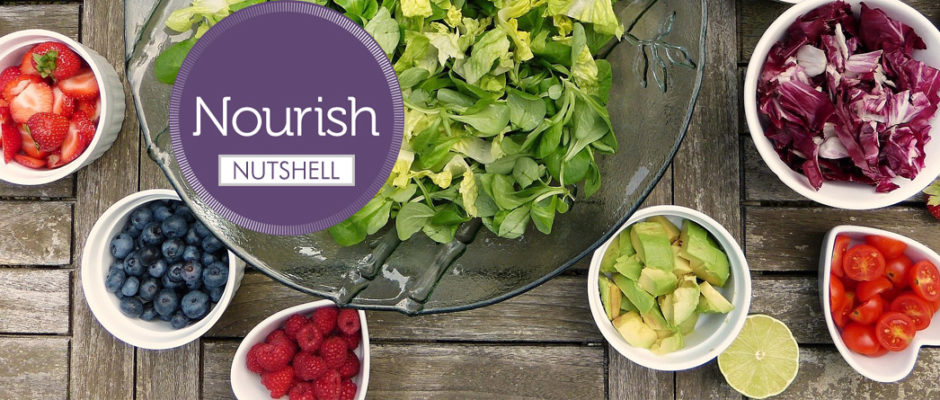
Written by Sarah Buchanan, RD and Pamela Klassen, RD
Canadians get almost 50% of their daily energy from ultra-processed foods; eating too many of these foods is associated with poor overall health.1
Less processed or minimally processed foods are foods that are close to their original form, and have only been altered to extend their shelf life. Some examples of these foods are raw or frozen vegetables, dry legumes (beans, lentils), whole grains (rice, quinoa, rolled oats), whole fruit, nuts, fresh or frozen fish, chicken, eggs and milk. Choose more of these unprocessed or minimally processed foods each day.
Processed foods have added fats, oils, sugars, salt or herbs to make them more durable or palatable. They can also be made by various methods of preservation. Examples of these are fresh baked bread made in store, cheese, tofu, and canned tuna or canned lentils. These foods have been altered for convenience but are still nutritious and can be included as part of a healthy diet.
Ultra-processed foods go through multiple processes and contain many added ingredients. Examples are soft drinks, packaged snacks and sweets, sweetened breakfast cereals, packaged bread from the shelf, packaged soups and noodles, sauces, chicken nuggets, and pre-prepared ready-to-eat meals like pizza, pasta dishes and french fries. Choose these foods less often.
1. Moubarac JC. Ultra-processed foods in Canada: consumption, impact on diet quality and policy implications. Montréal: TRANSNUT, University of Montreal; December 2017.

From: Eat well tips for men with prostate cancer. Part 3: Eating for overall health. (2019)


Comments are closed.